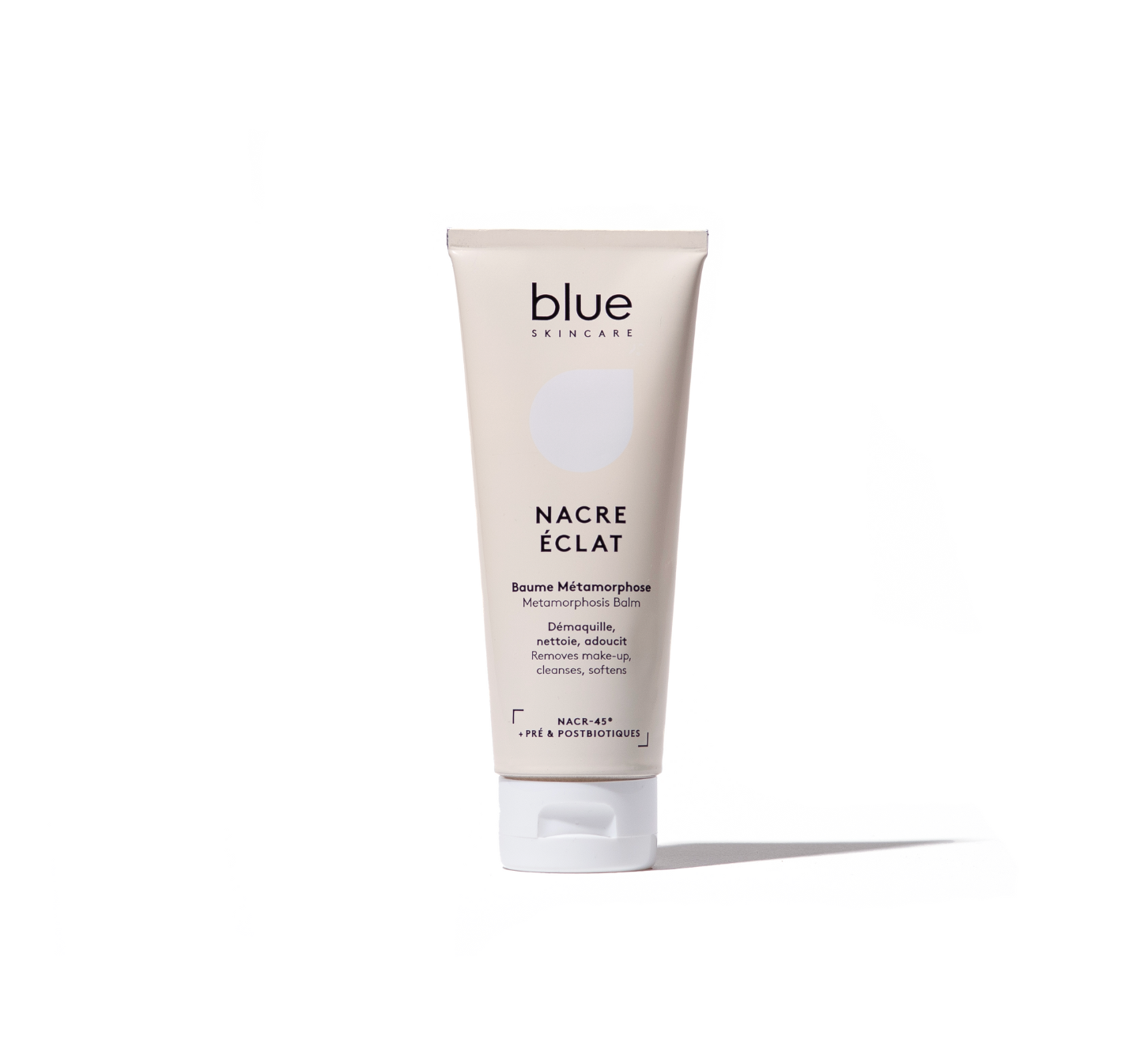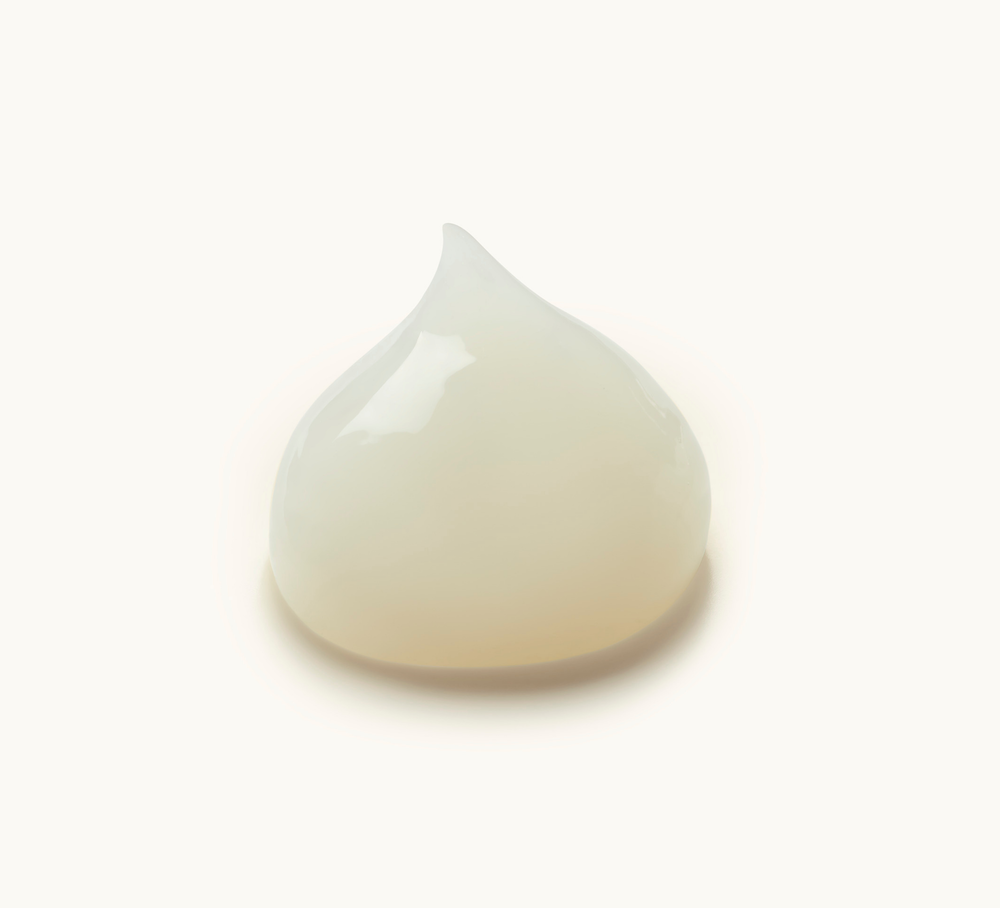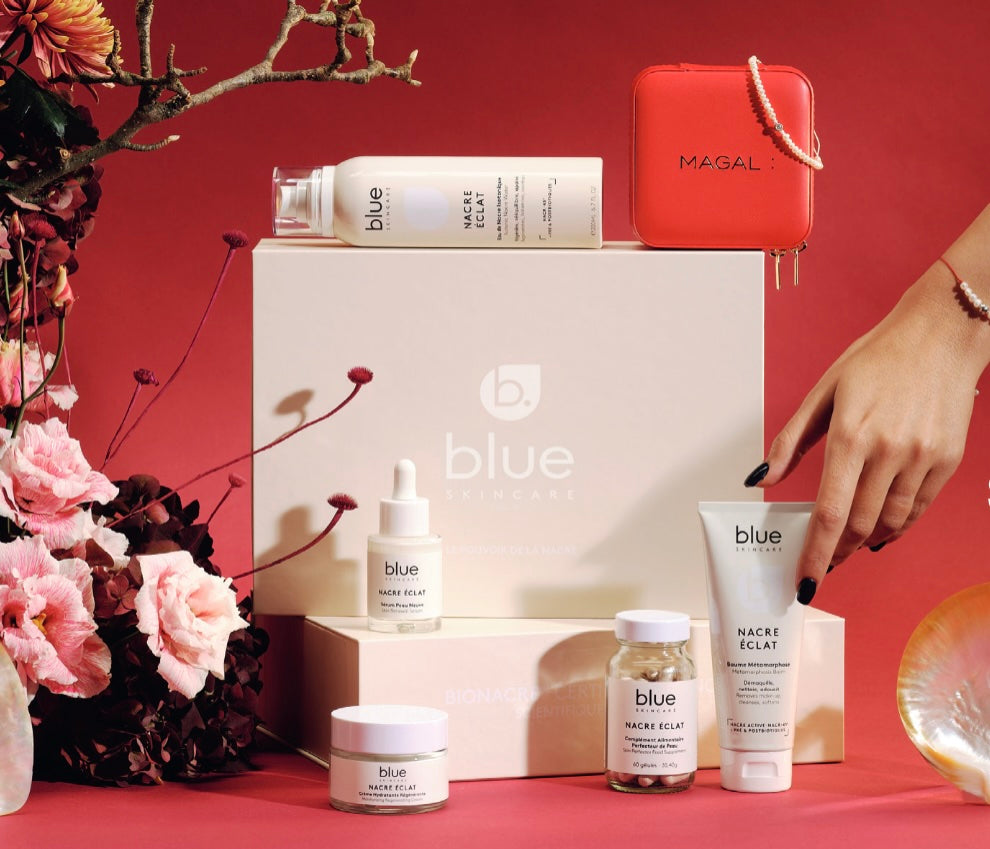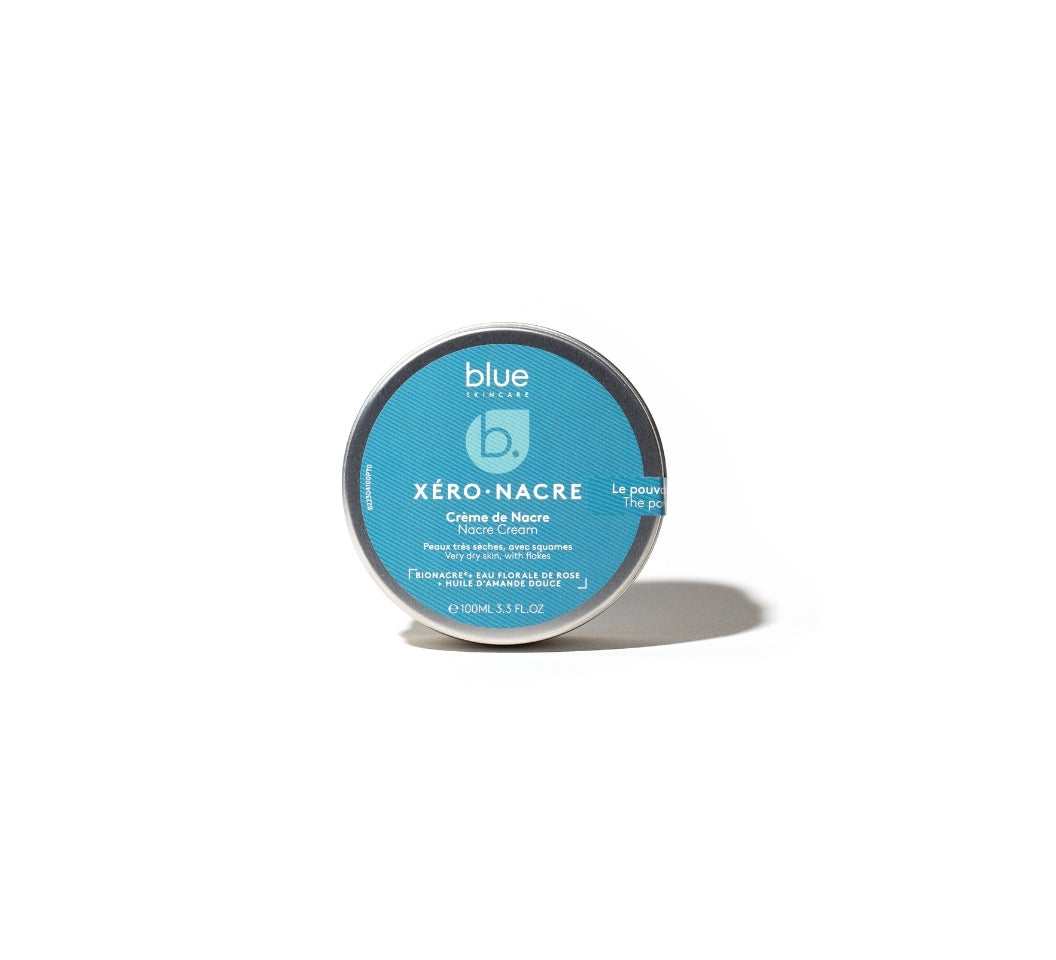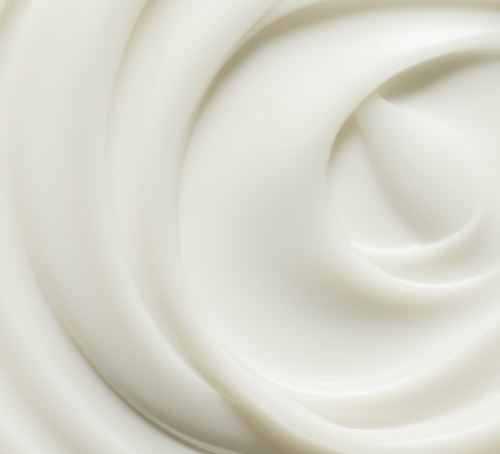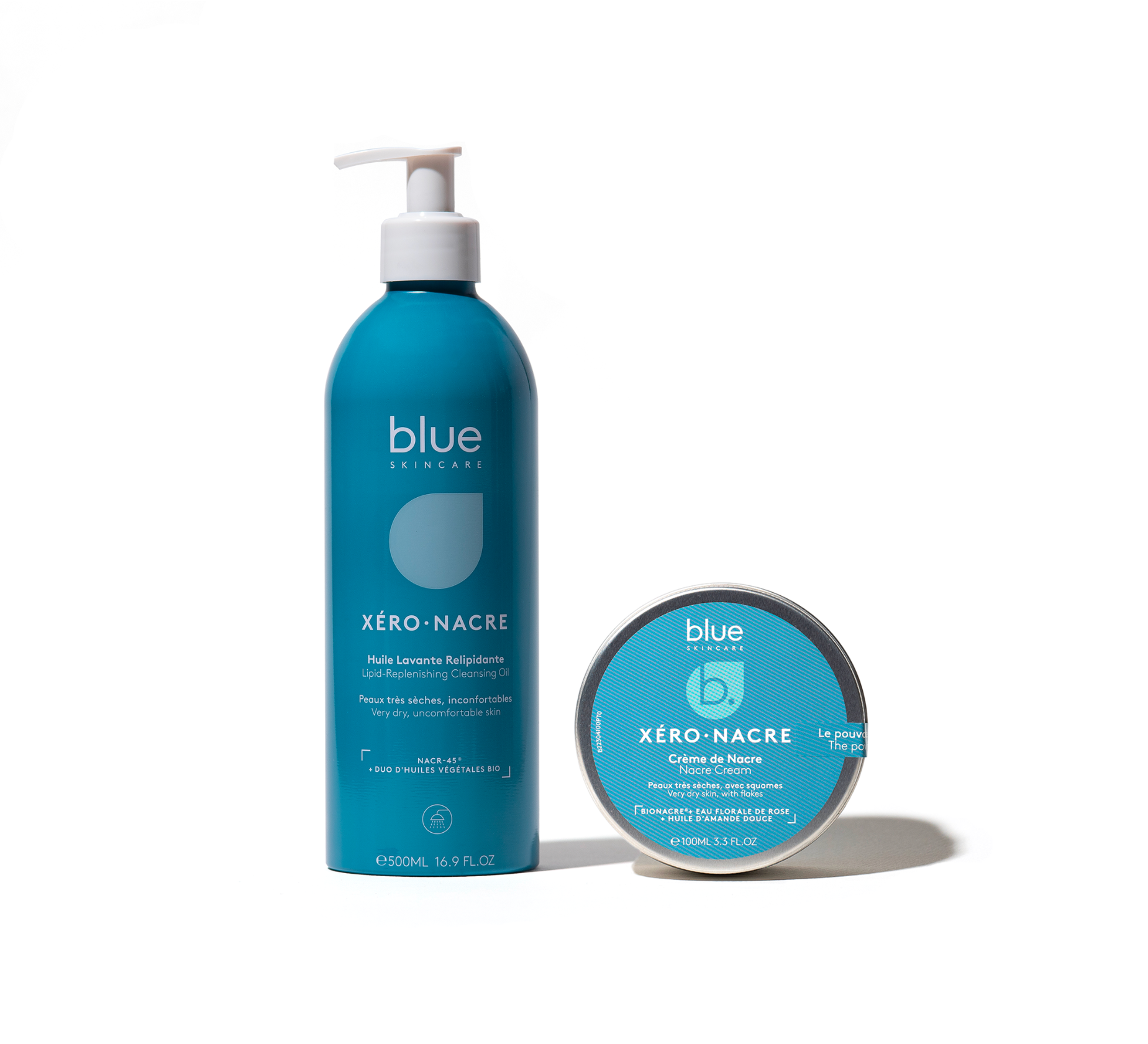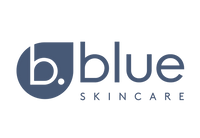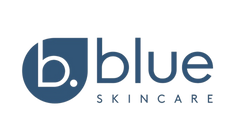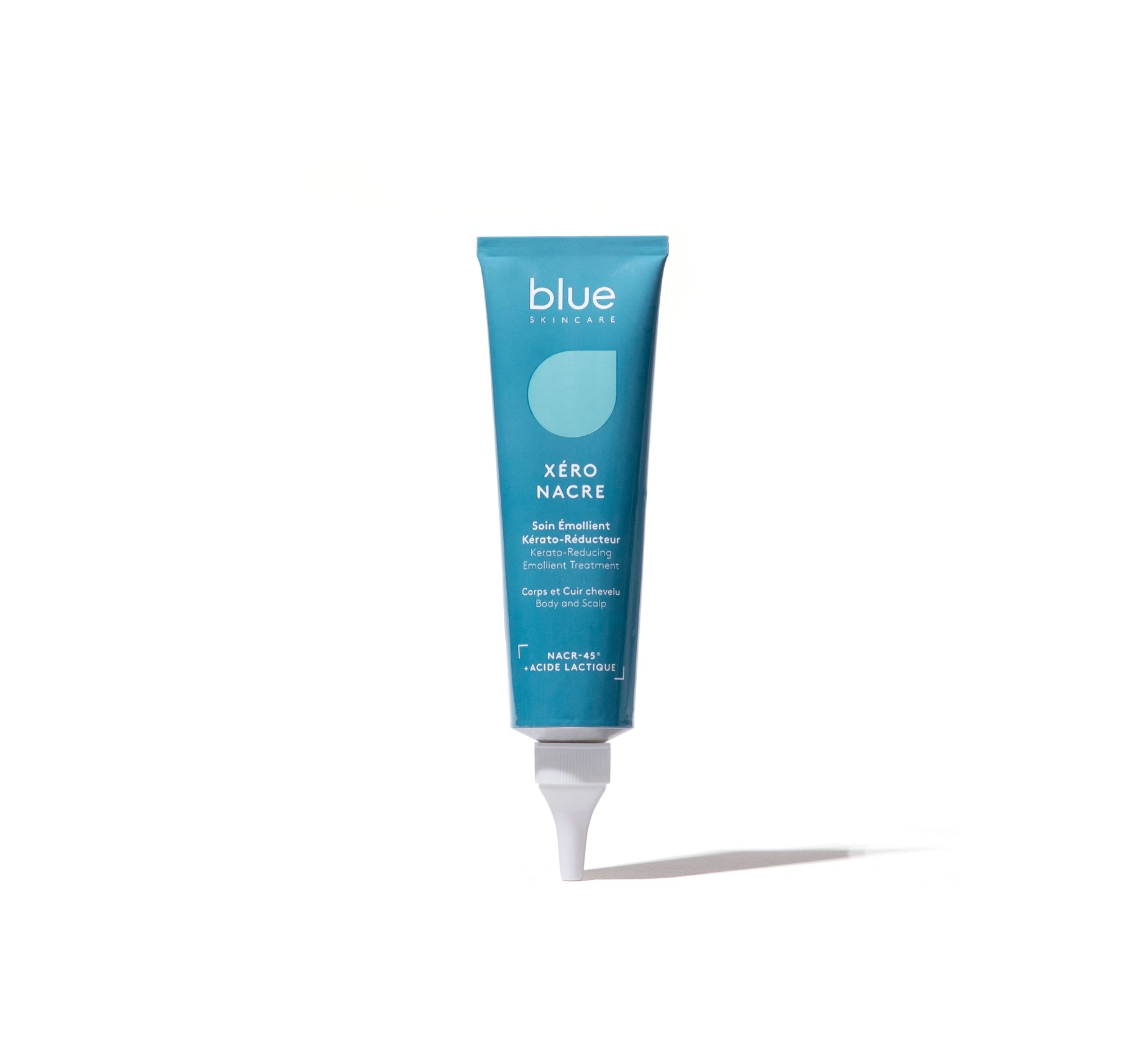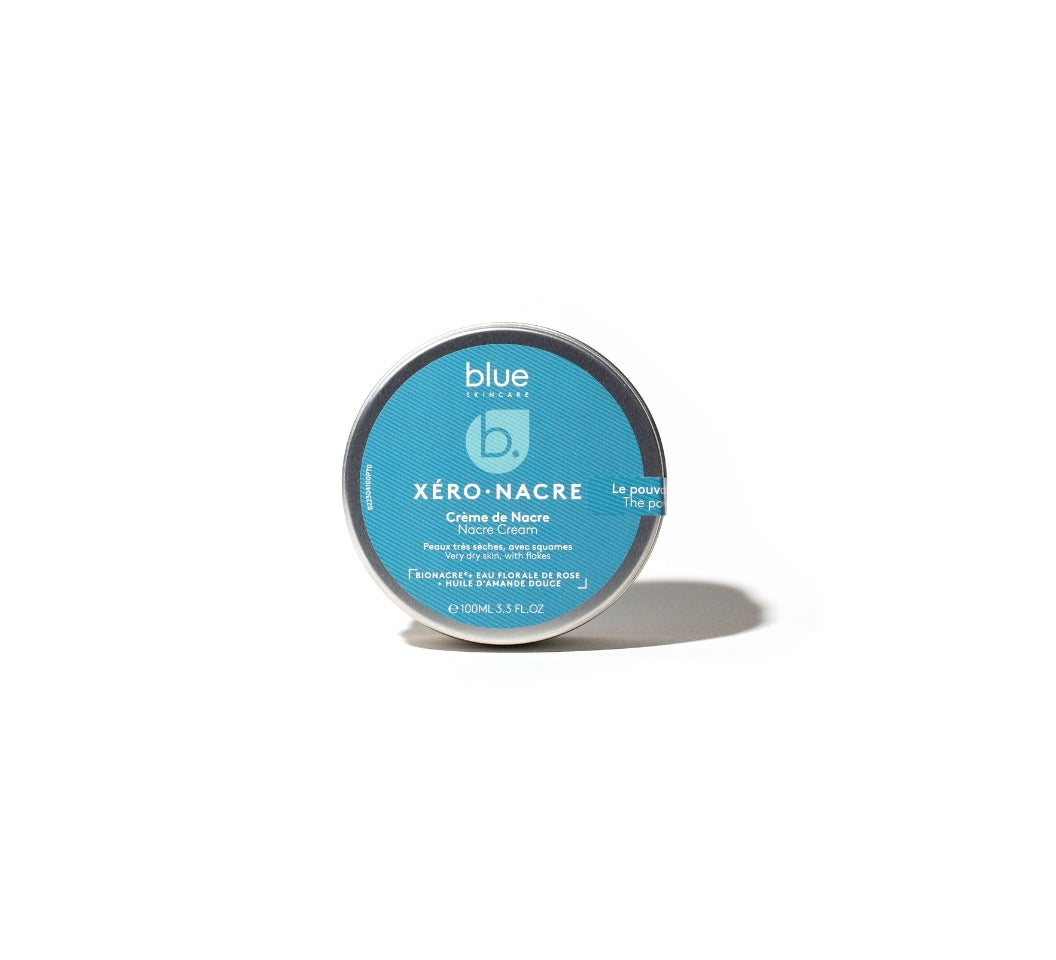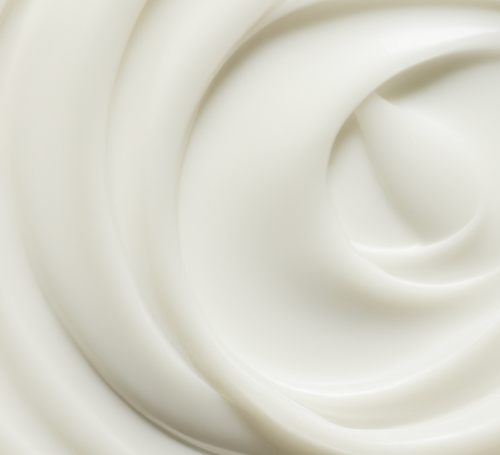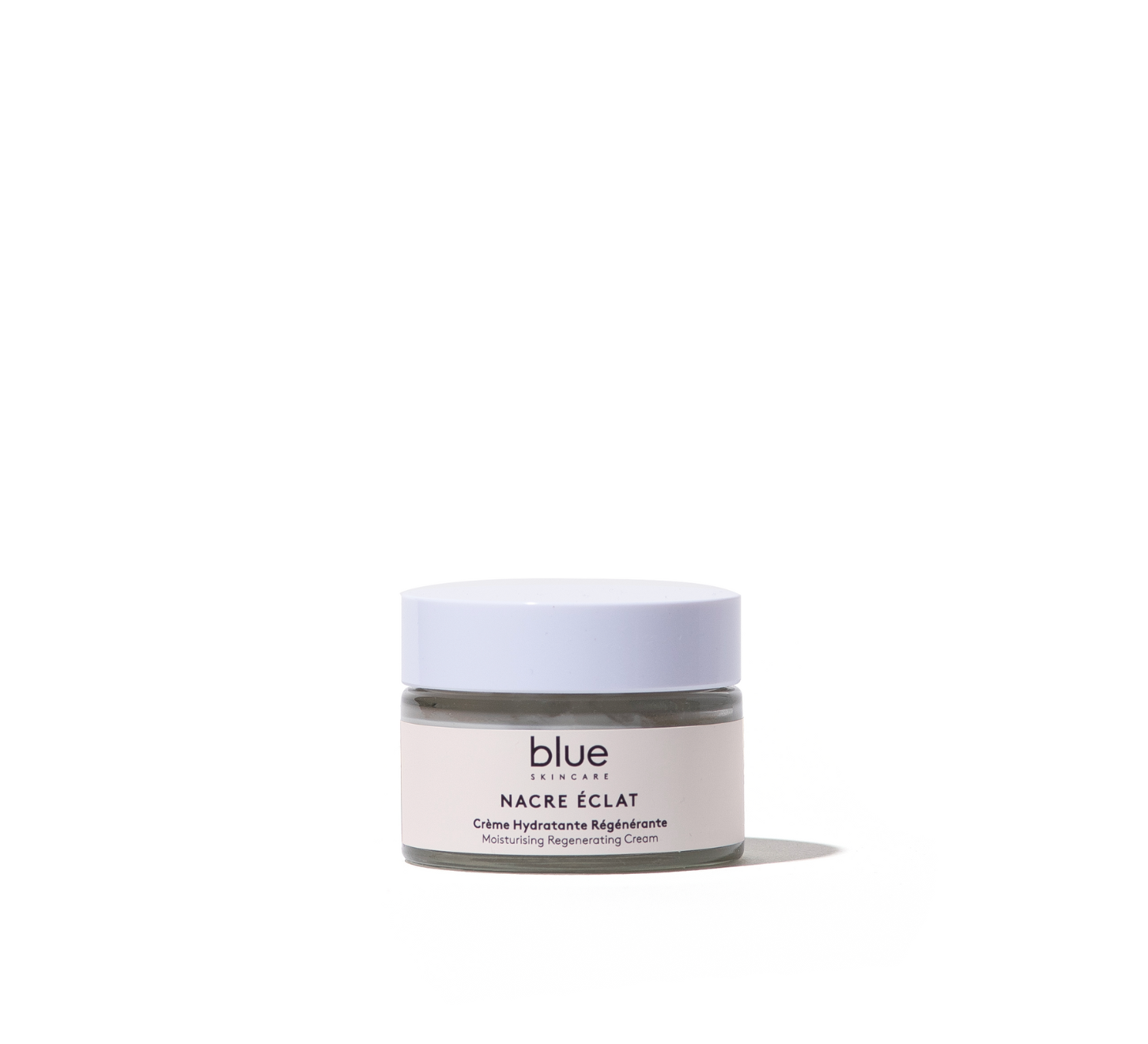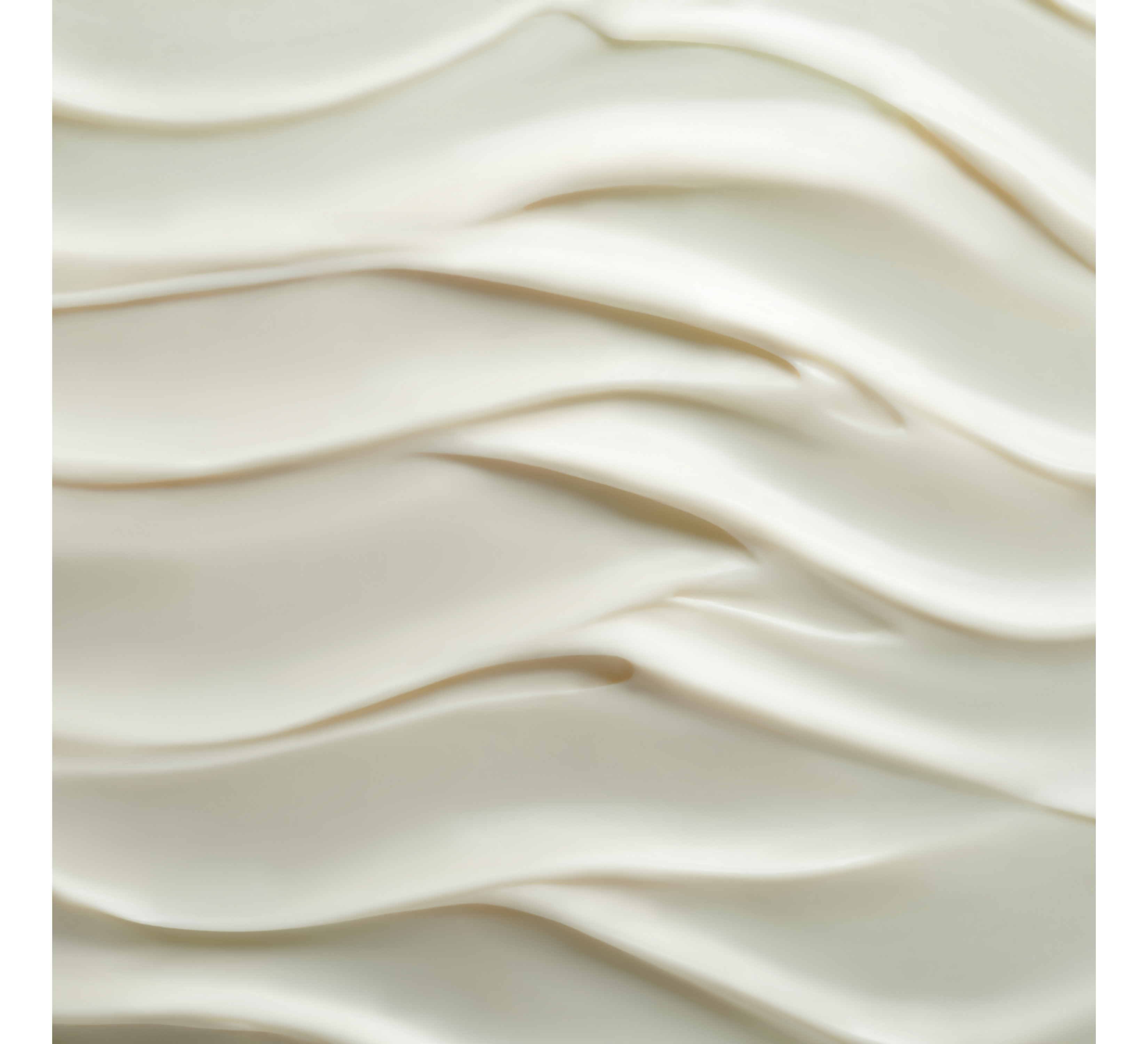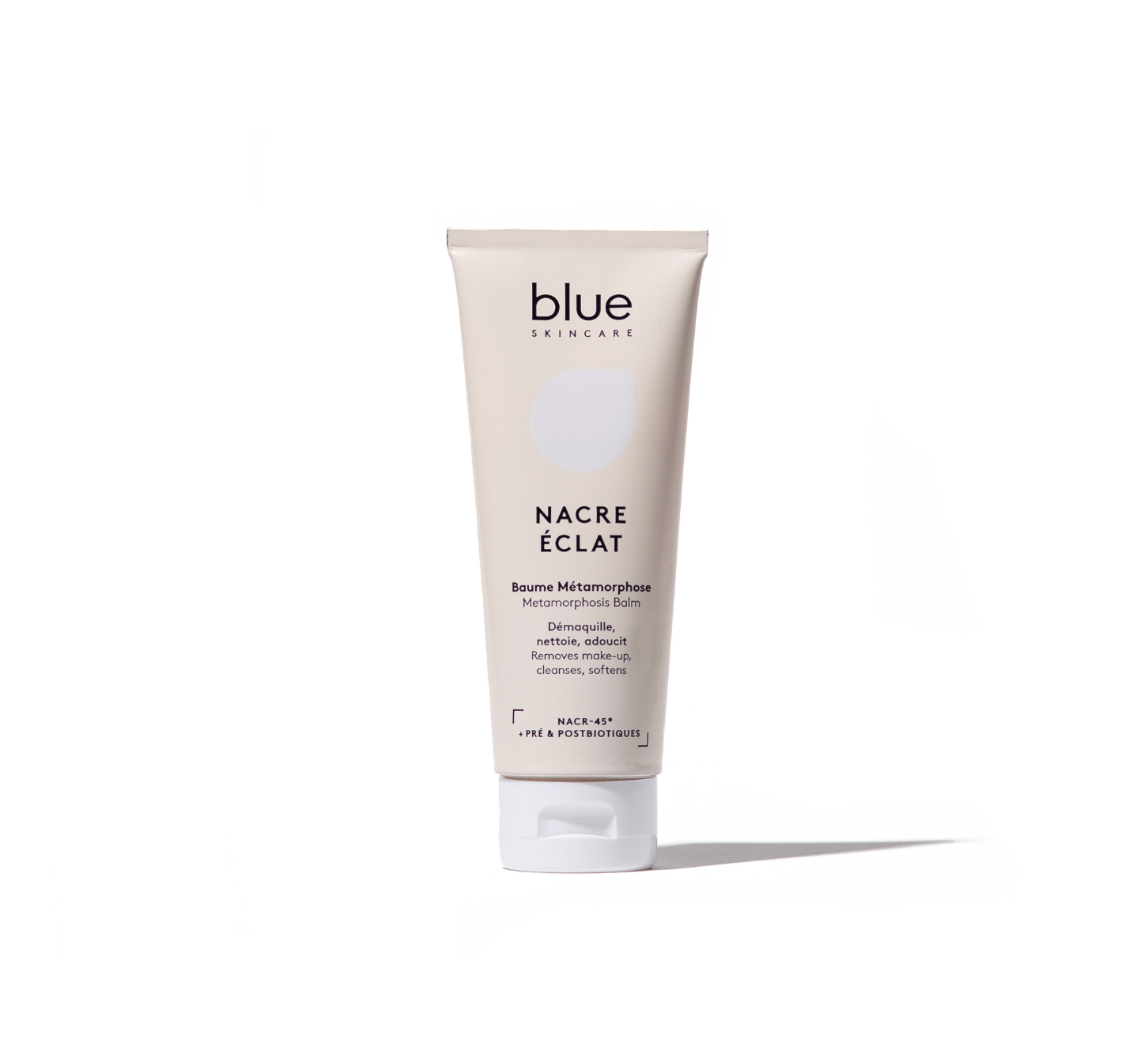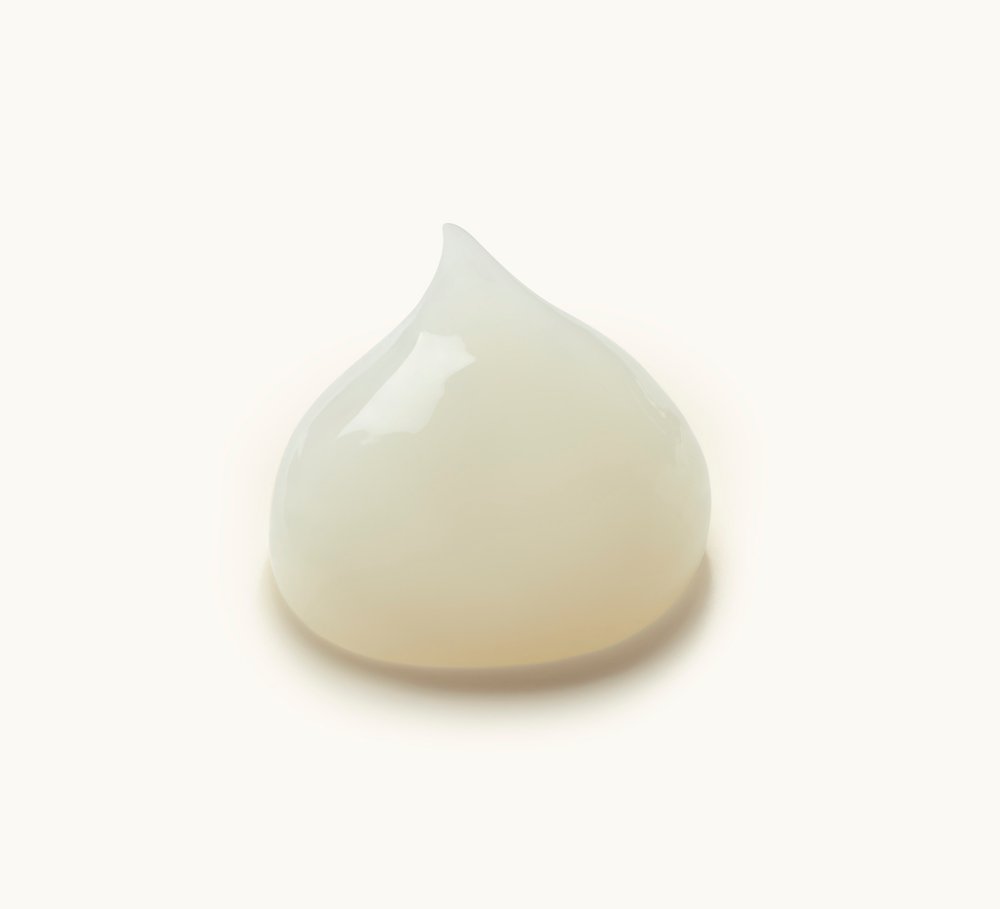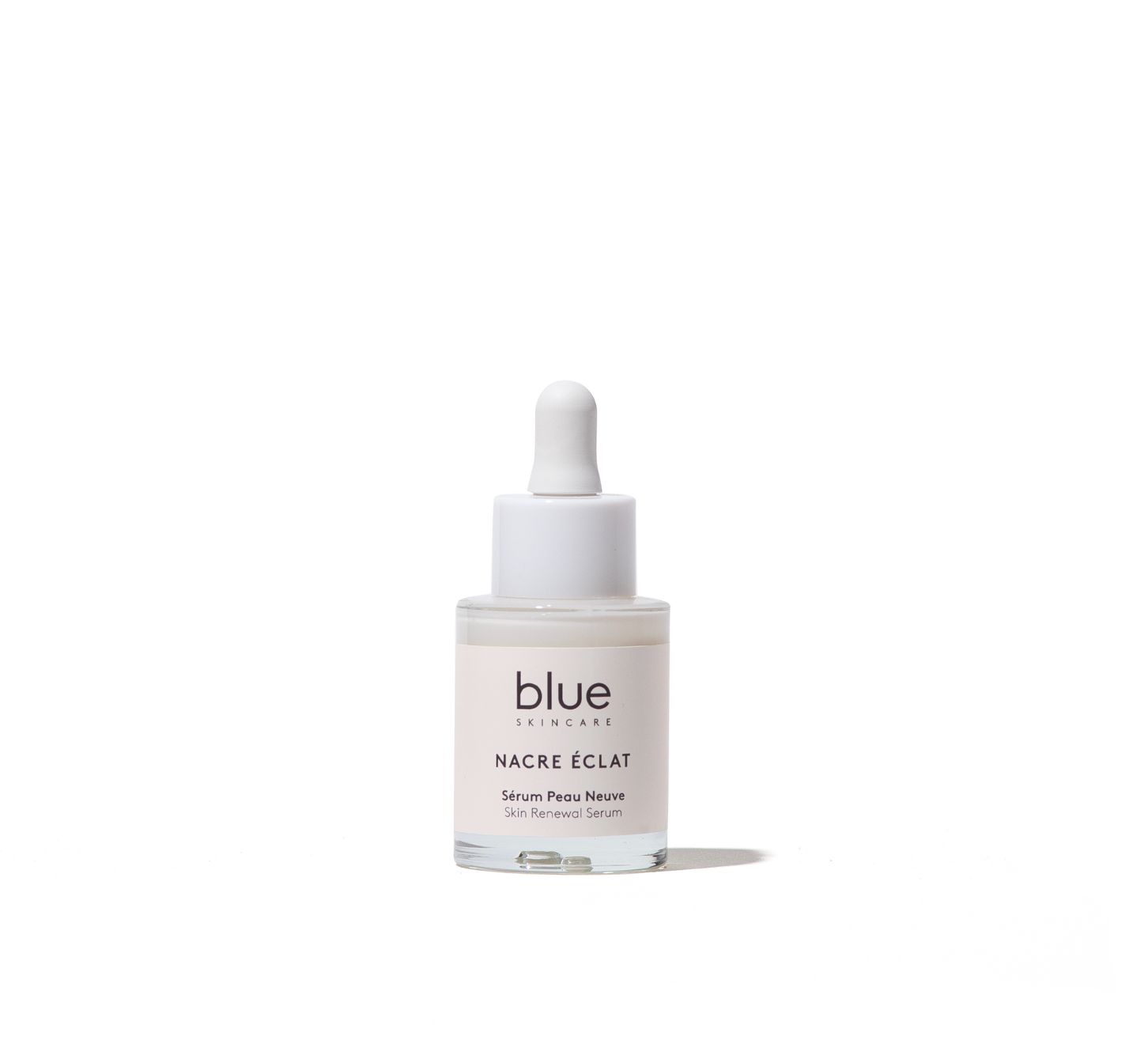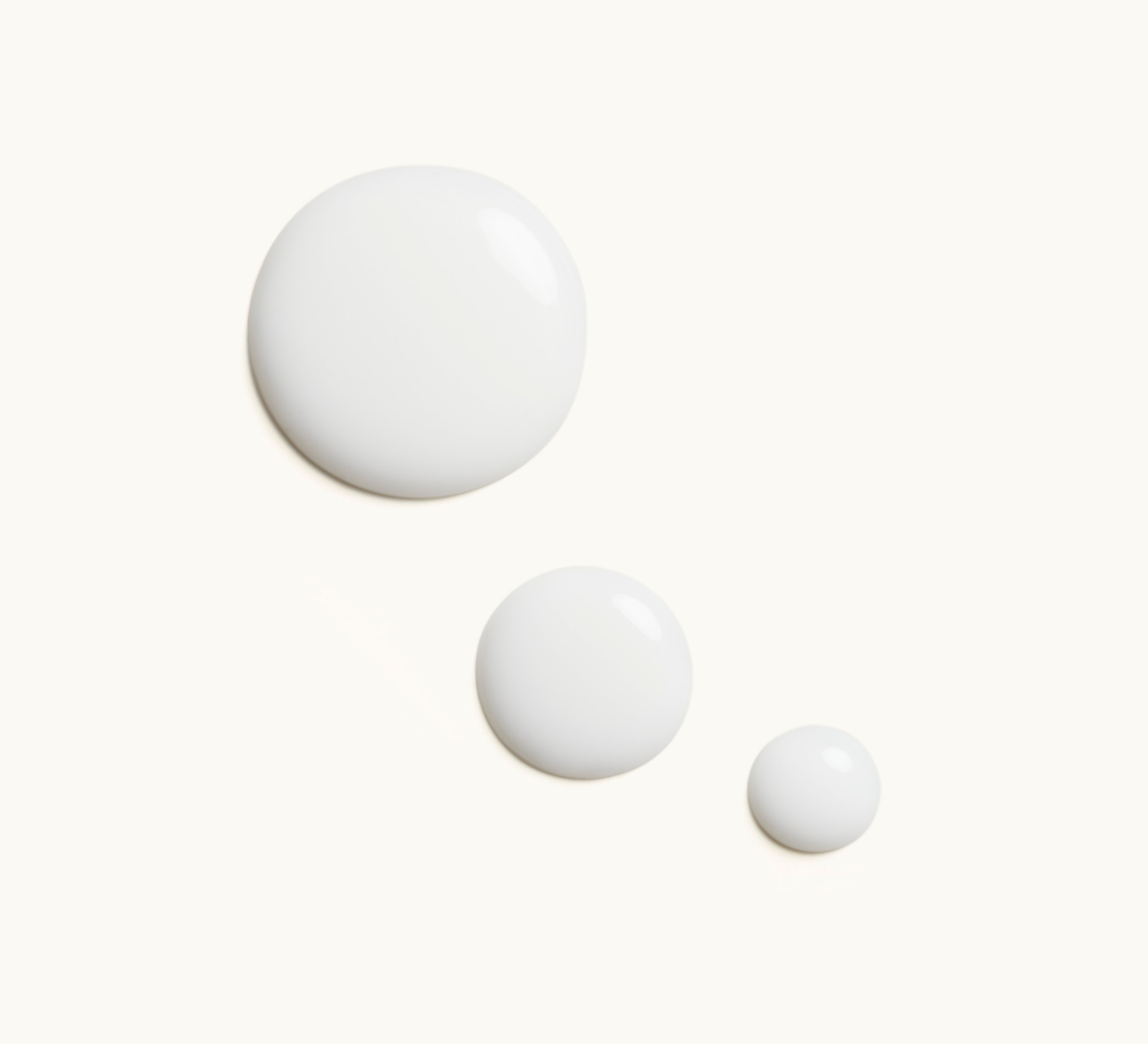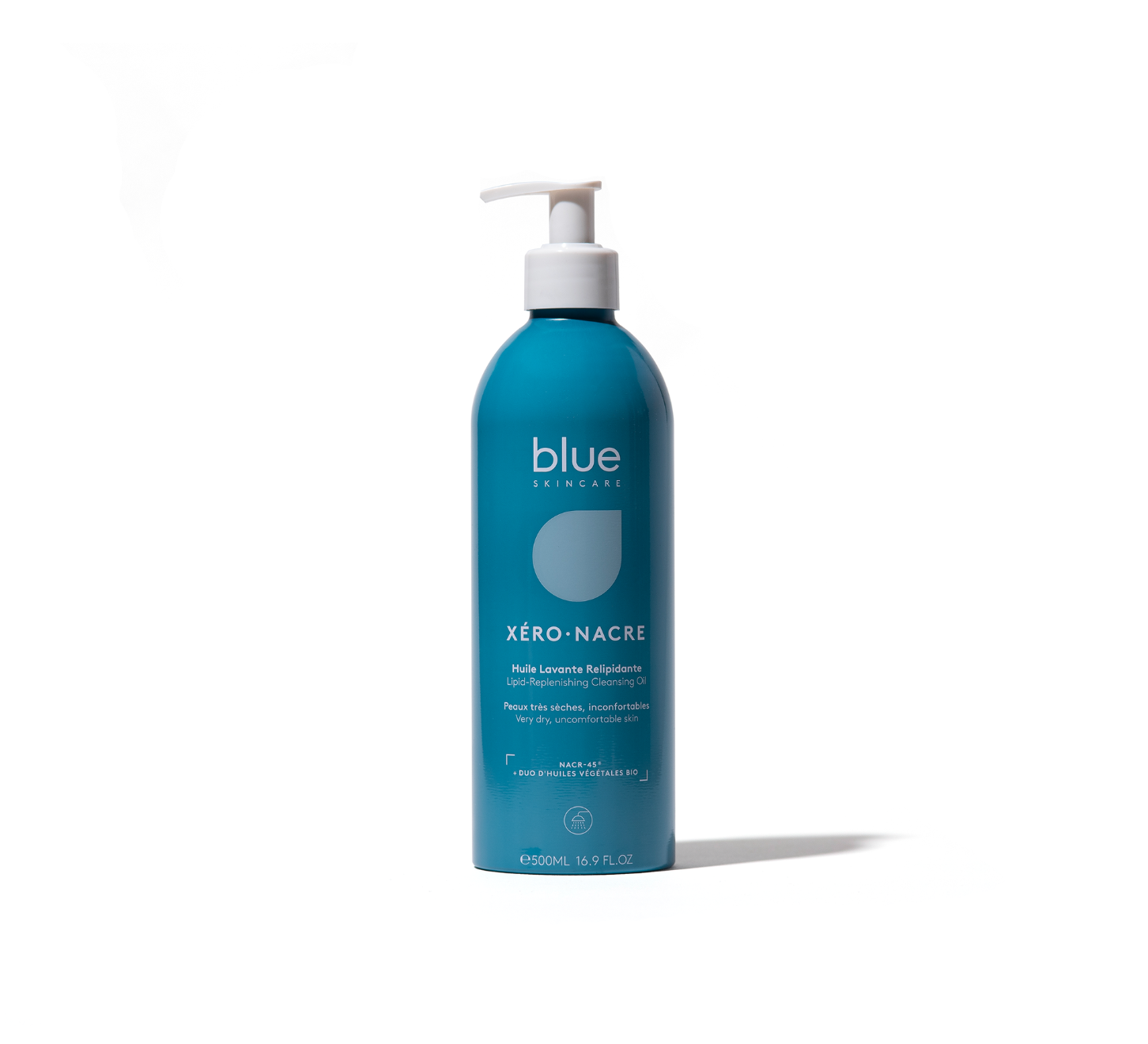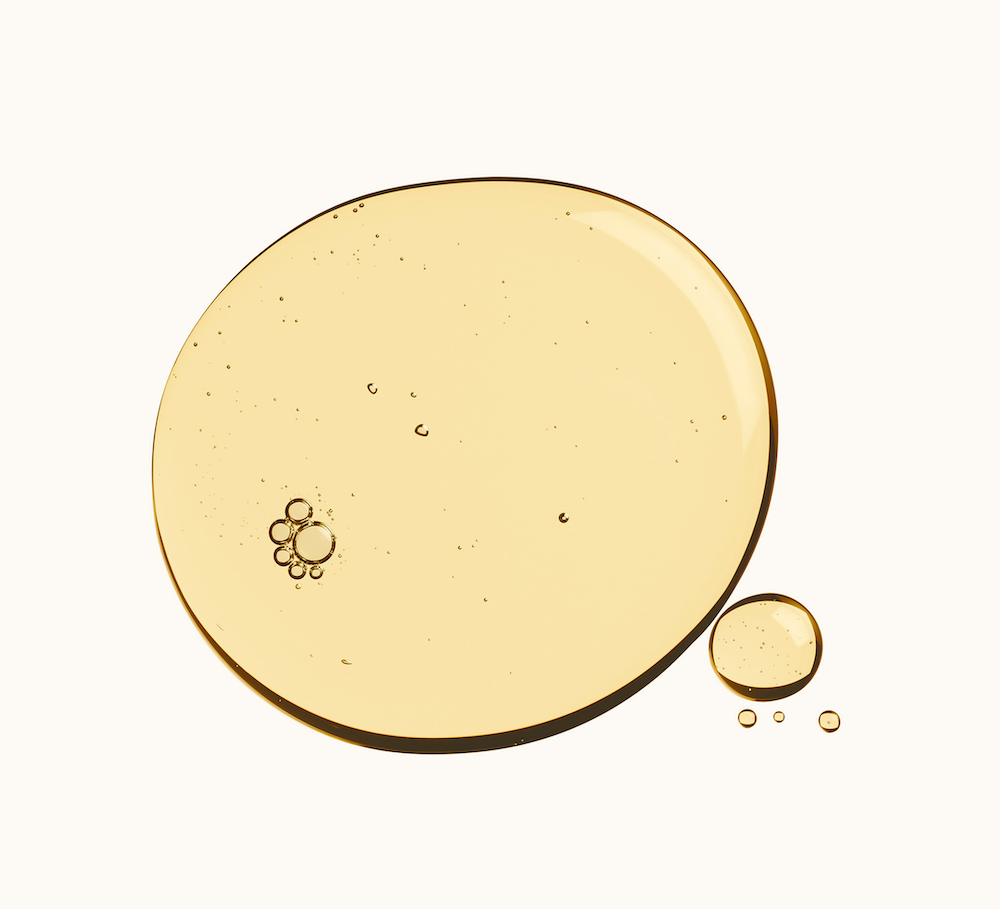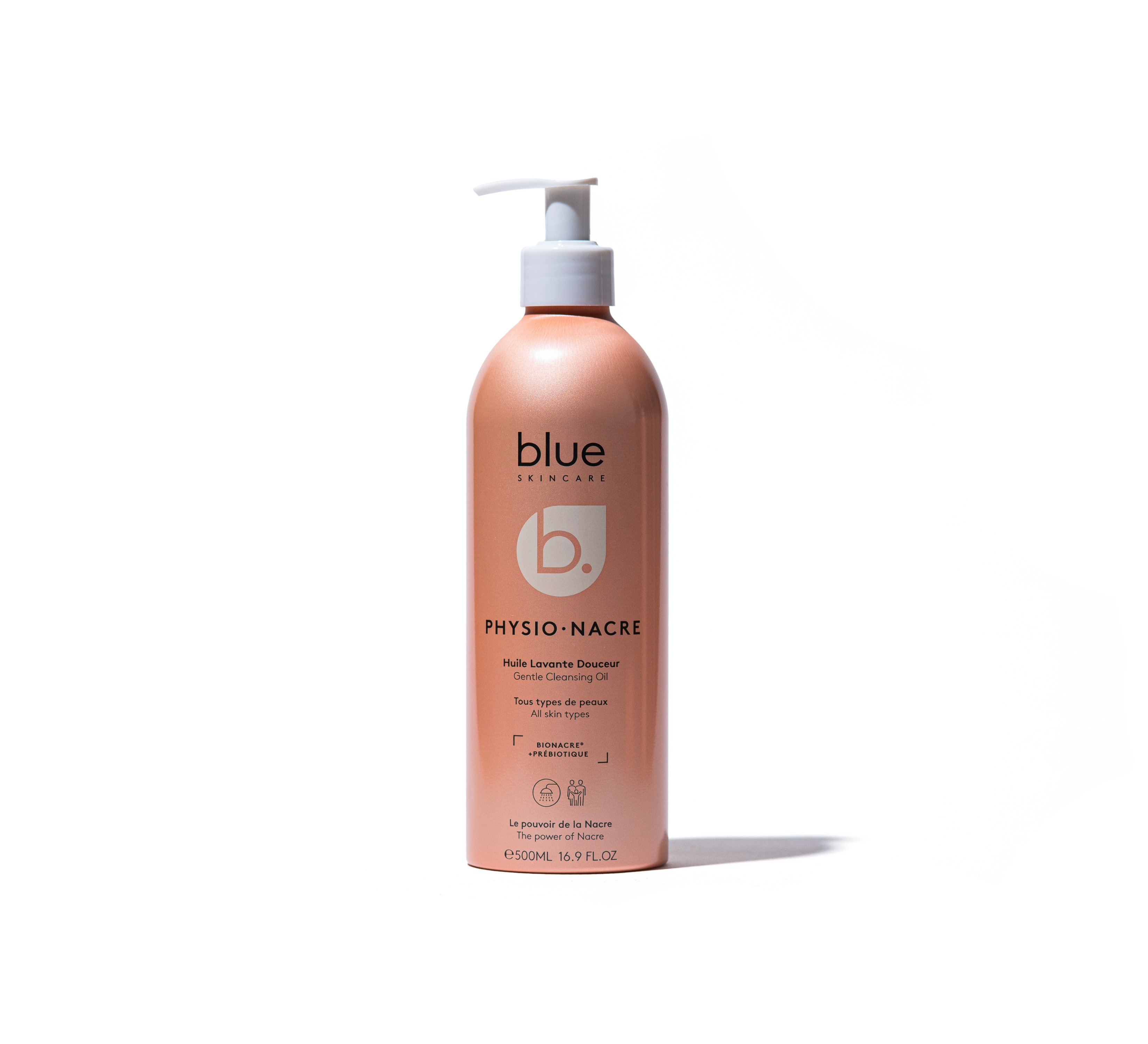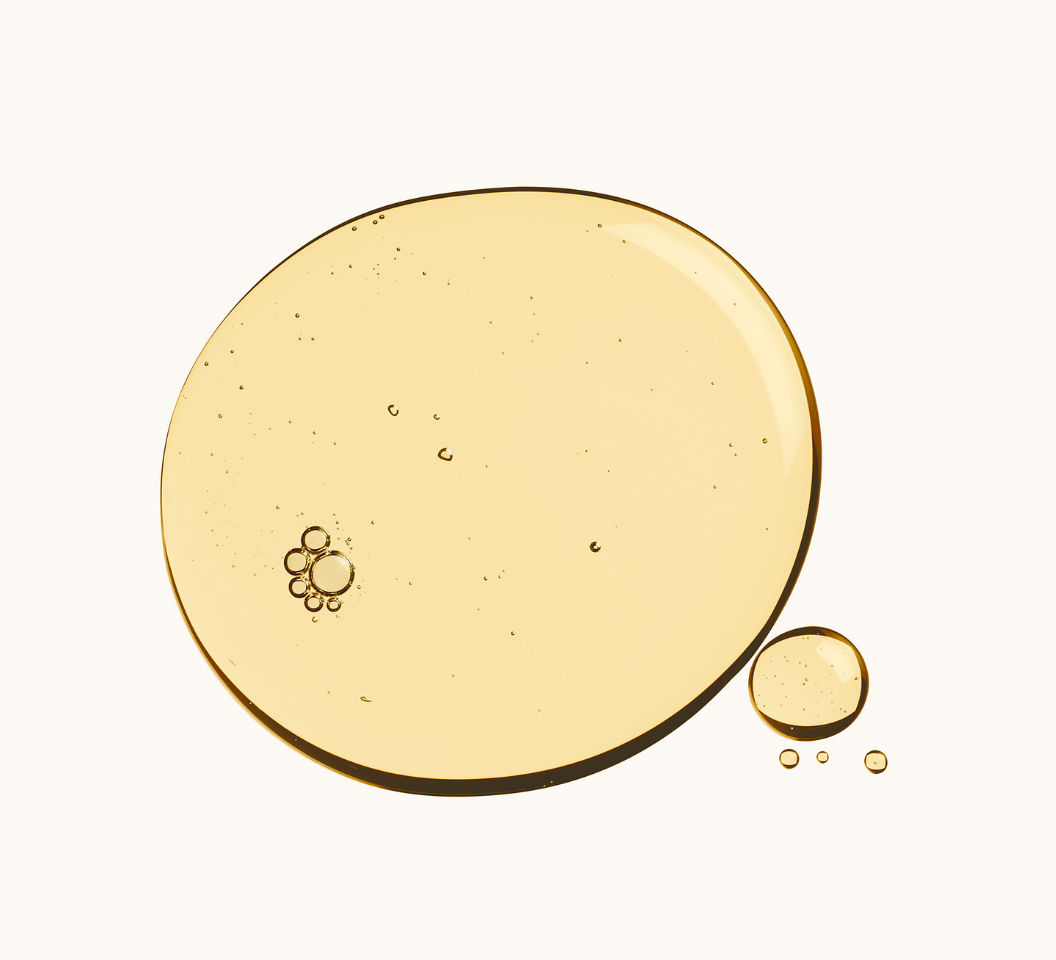« 90% d’acheteurs veulent plus de transparence sur les prix des vêtements et leur mode de fabrication » Plus de transparence, oui mais comment ? Dans les industries alimentaires et cosmétiques, des applications comme Yuka ou Clean Beauty sont alors apparues il y a quelques années pour aider les acheteurs à décrypter leurs produits.
En revanche, dans la mode, ce n’est que beaucoup plus récemment que les prises de consciences ont eu lieu. Le drame de l’effondrement du Rana Plaza à Dacca, au Bangladesh en 2013, dévoilant la rudesse des conditions de travail des ouvrier(e)s travaillant pour les grandes marques de mode y a largement participé.
Aujourd’hui, comment décrypter ses vêtements pour s’habiller de manière responsable ? Quelles solutions existent pour connaître les modes de fabrication d’un vêtement ? Existe-t-il des applications fiables qui puissent éclairer nos choix ?
Besoin d’une mode éthique et éco responsable
Face à la montée des risques écologiques et sanitaires pour la planète, les consommateurs sont nombreux à revoir leurs priorités et leurs modes de consommation. A vouloir acheter de façon plus éclairée, plus consciente, plus éthique. A consommer “mieux”. La transparence sur le contenu et la fabrication des achats est devenue un prérequis. La mode clean n’y est pourtant venue que récemment, sans doute à cause de son côté glamour qui a longtemps fait illusion ou écran. Pour “tout savoir” sur les produits, les applications ont pris une place de choix. A tel point qu’elles ont forcé les marques alimentaires et cosmétiques à revoir leurs formulations ! En mode, créer une appli est bien plus complexe à réaliser, ne serait-ce que par l’absence de données liées aux code-barres sur les vêtements.
Les applis qui décryptent la mode éco responsable
S’habiller selon ses valeurs, ses engagements et avec style est devenu ainsi bien plus facile grâce aux applications, même si elles restent encore peu nombreuses en mode.
L’appli Clear Fashion

Les deux créatrices, Marguerite Dorangeon et Rym Trabelsi, se sont posées la question de la transparence pour créer leur application Clear Fashion avec l’ambition d’y répondre de manière étoffée. En téléchargeant cette application gratuite, on découvre l’impact social et environnemental de ses habits ou de ceux que l’on aurait envie d’acheter. Le tout via un système de notation sur 100, selon 4 thématiques : environnement, humains, santé, animaux. Plus de 150 critères d’impact sont pris en compte. La méthode est 100% indépendante, grâce aux réponses des enquêtes et à l’appui d’un comité d’experts. « Les marques n’ont aucune influence sur notre système d’évaluation » assurent les créatrices. A l’heure actuelle, plus de 300 marques ont leurs engagements décryptés et si la marque cherchée n’est pas référencée, on peut demander son évaluation. Les marques peuvent elles-mêmes envoyer leurs données et mises à jour.
Comment ça marche ?
Tout simplement en scannant le code-barres du vêtement ou bien l’étiquette de la composition. Car si la marque n’a pas fourni elle-même les informations liées aux code-barres du vêtement, l’application ne pourra le lire. Par exemple, The North Face est indiqué comme n’ayant pas souhaité répondre à Clear Fashion. L’application n’a donc pas de données sur les lieux de production ni sur un certain nombre de pratiques. En revanche, elle a décerné des notes selon les informations trouvées par les experts, qui indique 42/100 pour l’environnement (Risques moyens), 35/100 pour les humains (Hauts risques), 51/100 pour la santé (Risques moyens) et un médiocre 7/100 pour les animaux (Très hauts risques). La marque peut à tout moment faire un retour. Les détails sur les marques ayant participé sont disponibles sur le site www.clear-fashion.com, comme Sézane, Veja, Decathlon, Adidas, etc. Une recherche des top marques éthiques peut se faire par catégorie (pulls, jupes, jeans…) et un bilan d’impact de Clear Fashion y est également disponible. Les fondatrices recherchent des ambassadeurs. rices afin de les aider à amplifier leur mission et d’accélérer le mouvement, Go !
L’appli Good on You
Lancée en 2015 en Australie, puis aux Etats-Unis et dans d’autres pays, c’est la première application écoresponsable à avoir noté les marques de mode.
A l’international, l’application Good on You note 2000 marques selon trois critères éthiques : l’environnement, les animaux et l’humain en s’appuyant sur leur rapport, à l’environnement, la faune et les conditions de travail.
Comment ça marche ?
Il suffit de taper le nom d’une marque pour voir la note qui lui est attribuée. Les marques sont classées selon cinq scores : très bon 5, bon 4, c’est un début 3, pas assez bien 2, on évite 1. Un texte justifie la note de la marque. On peut aussi trouver des marques éthiques alternatives si la marque passée au crible a un mauvais score.
L’application et son site web proposent en prime des contenus intéressants, comme les 10 marques de mode françaises les plus éthiques et “sustainable” (ou des marques allemandes, américaines…), les hoodies ou les lunettes les plus écologiques, etc. On peut directement acheter les vêtements des marques clean par un renvoi sur leur site.
Les market place de la mode écoresponsable.
On peut y choisir des vêtements de marques de mode engagées proposées par des ‘market place’ comme Wedressfair, qui rassemble 60 marques, selon une charte visible sur leur site comme par exemple « Chaque vêtement contient minimum 90% de matières écoresponsables.».
Les logos de la mode éthique
Il suffit de directement regarder sur les vêtements si figurent des logos.
- Oeko-tex garantit des textiles sans produits toxiques pour le corps et l’environnement -mais pouvant être issus de fibres synthétiques donc polluantes-.
- GOTS est un label qui assure que le produit est biologique et fabriqué de manière responsable au niveau environnemental et social.
Le clean fashion conseil
Il est recommandé de laver deux fois des vêtements neufs, afin d’éliminer une partie des métaux lourds, formaldéhyde et colorants qui sont cancérigènes, nano particules et autres perturbateurs endocriniens…
Avec la montée des consciences à tous niveaux, les applications et les moyens de décryptage des vêtements et accessoires sont promis à un bel avenir !
